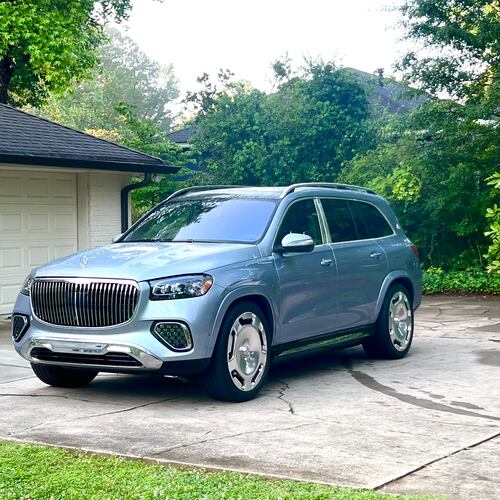Giant banners, kites, beach balls and photographs hang suspended over the heads of shoppers at Lenox Square mall. Their message is consistent and insistent: Come spend money in South Carolina.
With unemployment in double digits, Georgia officials would prefer that state residents opt for “stay-cations” and keep their money inside the border.
But it’s a marketing jungle out there.
“Folks here in Atlanta have a lot of options when it comes to leisure travel,” said Chad Prosser, director of the South Carolina Department of Parks, Recreation, and Tourism. “We want to remind them about South Carolina right next door.”
A lot is at stake: Visitors in South Carolina spend about $11 billion, he said. Tourism is the state’s largest sector, accounting for about 200,000 jobs in a state of about 4.5 million people.
In the most recent data -- for 2008 -- visitors spent nearly $21 billion in Georgia with an economic impact equal to about $35 billion in 2008, according to the Georgia Department of Economic Development. The state has the advantage of a huge metropolitan area, professional sports teams and more major interstate highways
Economist Bruce A. Seaman of Georgia State, who has done extensive research on economic impacts, thinks some of the estimates are high. The spending cited by tourist groups would support about 308,000 jobs in metro Atlanta, he said, but he thinks the number is closer to 224,000 jobs.
Either way, tourism is big business and every state and region wants a bigger share.
Marketing campaigns from many destinations pop up in the 5 million-plus metro Atlanta area, all aimed at grabbing Georgians’ attention.
“When you have the largest market, you are going to be a target -- we expect that,” said Kevin Langston, assistant commissioner of tourism at the Georgia Department of Economic Development.
Georgia accounts for about 10 percent of the 30 million visits a year to South Carolina, said Marion Edmonds, spokesman for the South Carolina Department of Parks, Recreation and Tourism.
But the road leads in both directions. Georgia plans radio ad campaigns in five cities around the South, including Greenville, S.C. The Atlanta Convention and Visitors Bureau says 4.2 percent of overnight visitors in 2008 were from South Carolina.
In some respects, Atlanta and South Carolina are not competing. Most Georgians who vacation in South Carolina make that choice instead of taking some other trip, not instead of staying home and going to the mall or local attractions.
The real competition is for people from other states, especially in the Southeast. Atlanta tussles with the likes of Orlando theme parks, North Carolina beaches, New Orleans’ French Quarter and Mississippi Gulf Coast casinos for millions of couples and families likely to drive somewhere for a few days or a week.
National destinations such as Las Vegas still beckon, too, but the recession has limited both time and distance horizons for many Americans.
“The trend is for people to take more frequent, shorter vacations,” said Ken Bernhardt, marketing professor at Georgia State and now chairman of the board for the ACVB. “It is just harder and harder for people to get away for a week or two.”
With tourism representing so much spending, many regions are convinced they need it. So despite the dramatic declines in government revenues, states and agencies scrape together what they can to go in search of tourists.
The ACVB has an annual marketing budget of $2.9 million. The state of Georgia currently has a $6.1 million yearly budget for tourism marketing. South Carolina two years ago had $11 million to spend on marketing, but that’s been cut by half. The displays at Lenox Square will run about $225,000.
Measuring bang for buck is hard.
“It’s not like selling chicken sandwiches or putting something on sale at Macy’s where you can see within 24 hours how many people come and buy it,” ACVB spokeswoman Lauren Jarrell said. “We can’t see a direct effect.”
And sometimes the tourists keep coming even without state or public agency marketing.
The Mississippi Gulf Coast continues to see Atlanta-area visitors, said Janice Jones, media manager for the region’s convention and visitors bureau, despite doing no advertising in Georgia amid recession-induced budget cuts. Maybe the reason is carry-over from past campaigns, the Internet’s role in travel decisions or advertising by individual casinos.
The flights keep coming from Atlanta into Gulfport-Biloxi International Airport, and the planes are not empty, Jones said. The most recent data showed 7 percent of the area’s visitors coming from Georgia.
“People are spending less,” Jones said, “but they are still traveling.”
About the Author
Keep Reading
The Latest
Featured



